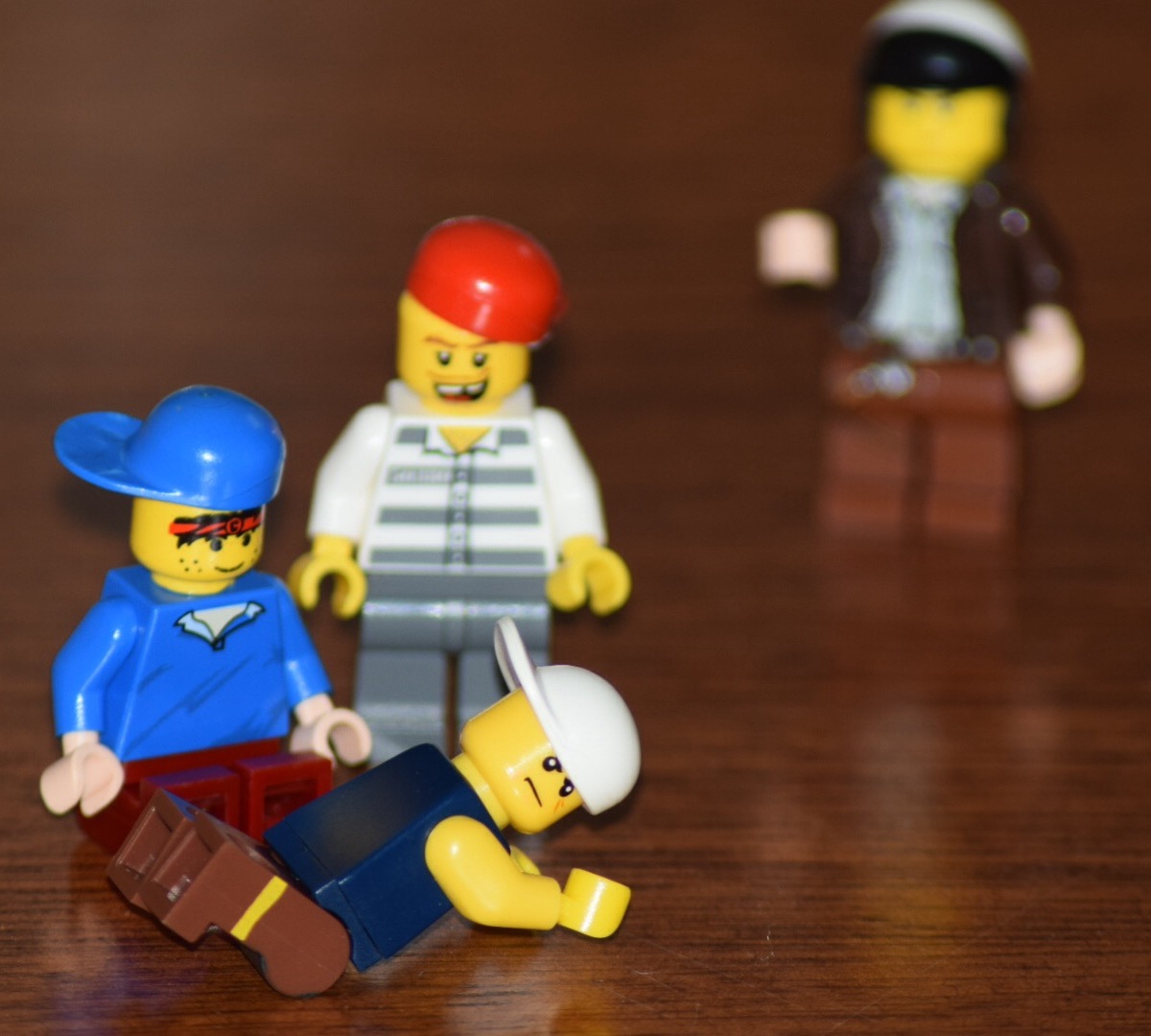All children will have times when they disobey the adults who care for them – at home, at school, with relatives, or in the supermarket canned-goods aisle. The effects of a young child’s misbehaviour can range from mild embarrassment to broken goods, minor wounds and damaged friendships. How much naughtiness is normal and when does it become a problem that needs treatment or intervention?
In psychology, there are degrees of naughtiness that are defined somewhat by a child’s age, but more so by the number and types of “naughty” behaviours that they do:
- how frequent,
- how disrespectful,
- how damaging/dangerous, and
- how much thought went into the behaviour.
With young children – toddlers to the early school years – naughtiness usually takes the form of not doing what you are told, not keeping the rules, or having a tantrum. This is called noncompliance.
There are mild degrees of tantrums and noncompliance observed in most children. It is typical that noncompliance begins at 18 months, and peaks at between 3 and 6 years before declining and is more frequent in boys than girls. Parents generally report that their children are noncompliant between 25{ba4639bc087185d97391fd5d15a50de89571c56f25425ee41c30a195518528de} and 65{ba4639bc087185d97391fd5d15a50de89571c56f25425ee41c30a195518528de} of the time. 80{ba4639bc087185d97391fd5d15a50de89571c56f25425ee41c30a195518528de} of families with children between 6 and 12 years old report tantrums occurring once a month and 11{ba4639bc087185d97391fd5d15a50de89571c56f25425ee41c30a195518528de}, once a day.
If a child is being noncompliant on a more frequent level, a psychologist may be called to assist and will start with getting a good background of the child’s health and developmental milestones, perhaps organise a hearing or language assessment to check that they understand and then work with the adults about the best ways to deliver a command and follow through.
If we turn the dial up from noncompliance, the next level of naughtiness is usually referred to as Oppositional Defiant Disorder, or ODD. When we are talking about ODD, we are normally referring to a well-established pattern of behaviour that has lasted for at least six months and may include, tempers, arguments with adults, refusing to do what they are asked, deliberately annoying and blaming others for misbehaviour. By the time we are dealing with ODD, it is not unusual to hear words such as “angry”, “resentful”, “spiteful” or “vindictive”.
The types of intervention psychologists can offer a child with ODD should always begin with a thorough assessment. ODD can have biological beginnings and can be linked to adversity.
For example, children who have survived childhood cancers but have had various treatments can often present with ODD symptoms. Also, children who have been through early life neglect or trauma can exhibit ODD symptoms. For instance, children who are exposed to intimate partner violence in their earliest years (before the age of three) can have problems that lie dormant for a few years as their behaviours usually start to escalate by around 8 years of age. Often, children with ODD will have other issues with their communication, mood or attention span as well, so treatment also needs to cater for these co-morbid issues.
Many children, with support, will start to settle their noncompliance and ODD type behaviours by adolescence, but some will continue on. There’s also another group who have started life on a different trajectory. Some children have behaviour that has previously been uncomplicated, but starts to worsen during adolescence. If behaviours start to escalate and get more serious and dangerous from ODD, the behaviours start to be labelled as Conduct Disorder. Conduct Disorder is seen as repetitive behaviours that continue to violate the basic rights, norms and rules. Children with Conduct Disorder can display aggression (to people or animals), property destruction (including fire lighting), theft and serious violations of the rules that will normally attract the attention of the Law.
While many would advocate punishment as the main response to disordered conduct, it is often experienced, but rarely effective for these children.
Part of the problem with tailoring treatment or understanding naughty, or very naughty kids, is that they are a really mixed group. Having a diagnosis of ODD or Conduct Disorder does not tell us the cause. A diagnosis just describes the behaviours that flow.
Different types of naughty or wrong behaviour may have separate causal pathways. Some researchers have looked and grouped oppositional children into clusters based on when they started to be naughty. Some children, when you look at their history, have been naughty most of their lives and some seem to wait until adolescence. It seems that the different timing of the onset is linked to different types of behaviour, too. Those who have had it since early in their childhood are more likely to be impulsive. Those who have conduct issues that start in adolescence are likely to be more aggressive.
Some have looked at the type of naughty behaviour – pre-contemplated aggression is different from those who lash out in reaction to something upsetting, so there is a difference in the amount of forethought and perceived control over “wrong” decisions. Others might use more relational aggression where harm is caused by attacking someone’s relationships or social status. Relational aggression is more often perpetrated by girls than boys. While boys are two to four times more likely than girls to have conduct issues in primary school years, adolescence leads to an increase in the number of girls with conduct issues.
So, in all, children with angelic behaviour are rare. Most will test the limits where they can, but if a child is repeatedly flaunting the rules and causing considerable damage to property or relationships, then they need some help to get things back on the right track. When the complexities of a very naughty child are understood, it becomes much clearer that punishment is not treatment. There is no one-size-fits-all treatment, but it makes sense that keeping children safe and well and investigating frequent misbehaviour early will help keep most from escalating to truly problematic levels of naughtiness.
